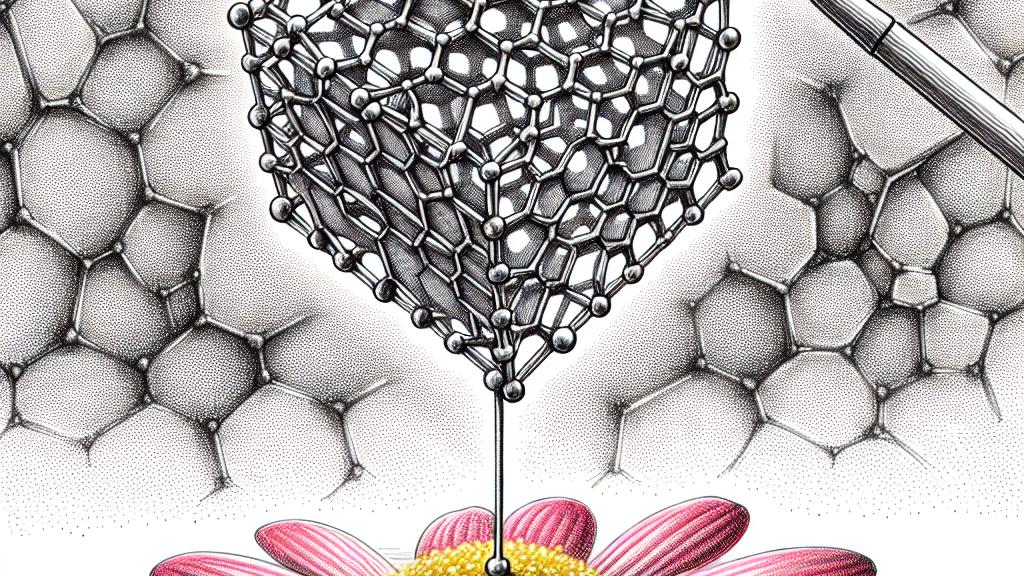Enhancing Sensitivity and Durability of Graphene Aerogels for Advanced Interfaces
Overview
- Innovative fabrication technique elevates performance of graphene aerogels remarkably.
- Graphene aerogels exhibit unprecedented efficiency in human-machine interface technologies.
- Expansive applications range from cutting-edge healthcare to transformative renewable energy solutions.

Introduction to Graphene Aerogels
Graphene aerogels are truly captivating materials, recognized for being among the lightest ever developed. Originating from groundbreaking research in China, these materials consist of a delicate lattice of single-layer carbon atoms arranged in an elaborate honeycomb structure. This unique design not only makes them seven times lighter than air but also endows them with remarkable strength and durability. Picture a small cube of this aerogel effortlessly balancing on a blade of grass or a flower petal—it's a striking image that underscores both its lightness and resilience. The combination of minimal weight, high porosity, and exceptional electrical conductivity positions graphene aerogels as game-changers, particularly in the fields of pressure sensing and human-machine interfaces (HMIs), where the need for sensitive and responsive technology has never been greater.
Advancements in Pressure Sensors
A recent leap in technology comes from a collaboration between Xi'an Jiaotong University and various global partners, introducing a sophisticated fabrication strategy that enhances the capabilities of graphene aerogels. By integrating advanced freeze-drying techniques with precise thermal annealing, researchers have crafted an anisotropic chitosan and reduced graphene oxide aerogel. This cutting-edge metamaterial boasts a sensitivity rating of 121.45 kPa-1, coupled with stunning durability, allowing it to withstand a staggering 20,000 compression cycles. Such extraordinary characteristics make it perfect for revolutionary pressure sensors, which can now detect even the slightest human touch or movement. Imagine wearing a device that feels your intentions in real time, effectively transforming the user experience into something intuitive and seamless—this is the future that graphene aerogels promise to bring to life!
Applications Beyond Traditional Sensing
When we explore the potential applications of graphene aerogels, the possibilities seem limitless. In the healthcare sector, for example, these advanced materials can lead to the development of ultra-responsive prosthetic devices that mimic natural limb movements. Envision prosthetics that not only react to the user's actions but also adjust themselves based on their needs! Beyond healthcare, ongoing research is investigating how graphene aerogels can enhance offshore wind energy systems, aligning with global sustainability goals. This dual focus on human utility and environmental responsibility positions graphene aerogels as key players in the evolution of human-machine interfaces, where they can foster better, more efficient interactions. As we embrace these advancements, we are reminded of the incredible intersection between human ingenuity and cutting-edge technology.

Loading...